
|
Electrical propulsion vehicles are more than ever an important matter to society, because of the urgent need to reduce greenhouse gas emissions, and also to reduce oil dependence. In this sense, the GEPE is developing electric power systems for electric vehicles, in order to create kits that can be used to convert internal combustion engine vehicles into electric vehicles.
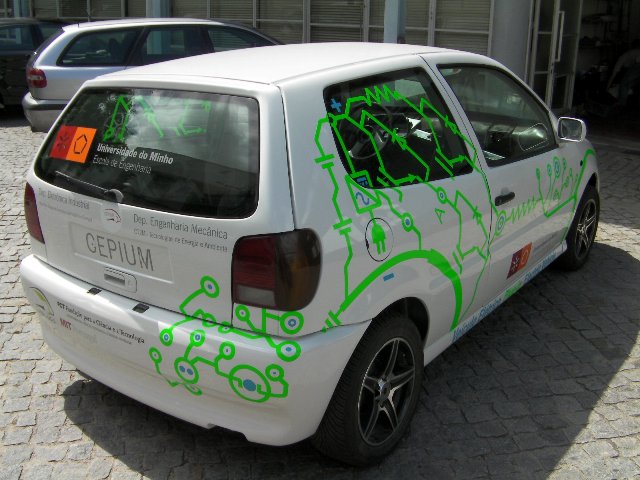
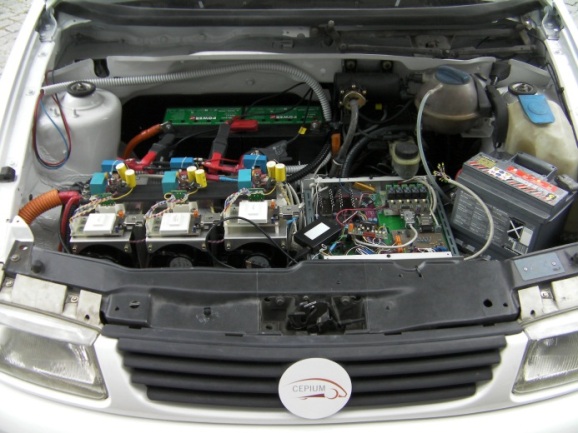
The installation of the electric motor in the car is being done in two steps. In the first step the electric motor is being coupled to the gearbox with the original clutch. In the second step the electric motor will be connected directly to the gearbox, working like reduction gear. The CEPIUM use gel/lead batteries for the energy storage. To ensure that the axes weight does not exceed the maximum permitted by the vehicle manufacturer, the batteries are located in two areas of the vehicle. One part of the batteries is placed in the location that was previously occupied by the internal combustion engine, and other part is located in space that was occupied by the gasoline tank. The battery pack of CEPIUM has a capacity of the 9.5 kWh, and it is expected that has a sufficient range for the trip back and forth between Braga and Guimarães campus of the University of Minho. 
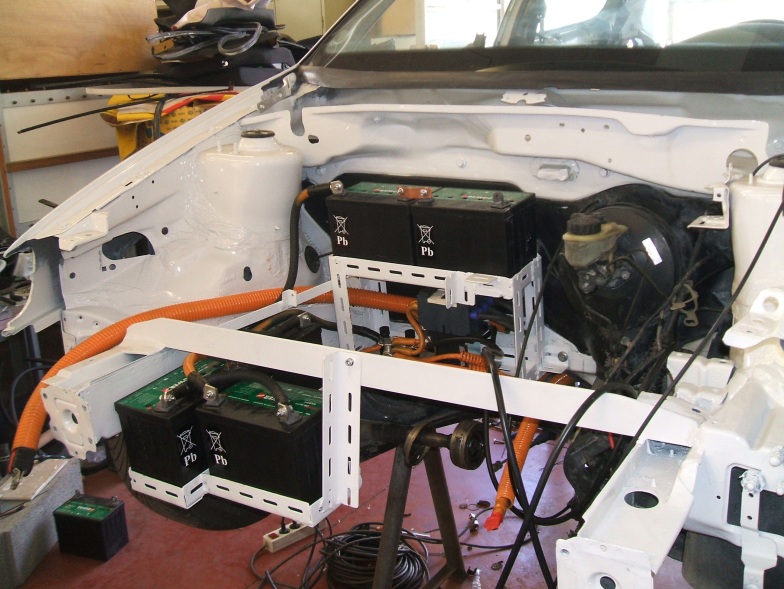
In order to test all systems that were developed for the CEPIUM, in parallel was developed a control, acquisition of torque and rotational speed system to perform tests of rotating electrical machines. This system is integrated into a workbench that uses an electromagnetic brake has mechanical load. 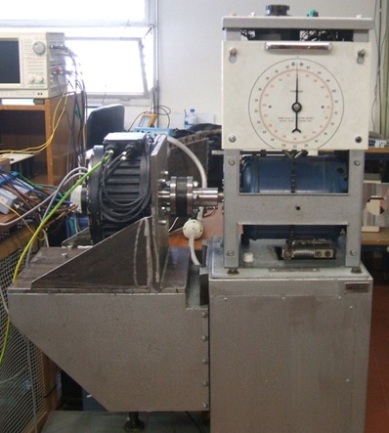
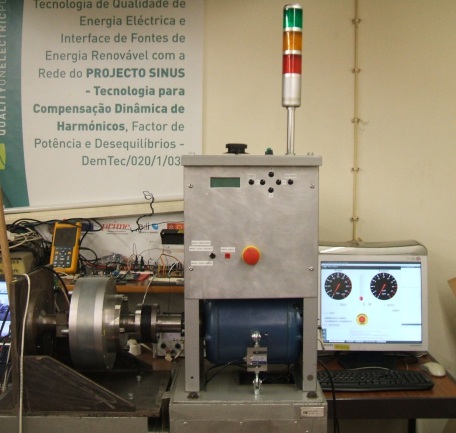
The CEPIUM is used as test platform for the powertrain control systems and intelligent charging that are developed under the project MOBI-MPP of the MIT Portugal Program.
In the project "MOBI-MPP Assessment and Development of Integrated Systems for Electric Vehicles", the GEPE was responsible by the Smart Grids task. Thus, was developed and tested an equipment to charge the batteries of the plug-in electric vehicles that have as aim to answer the actual and future needs of these vehicles, without neglect the Electrical Power Grid, mainly the Power Quality.
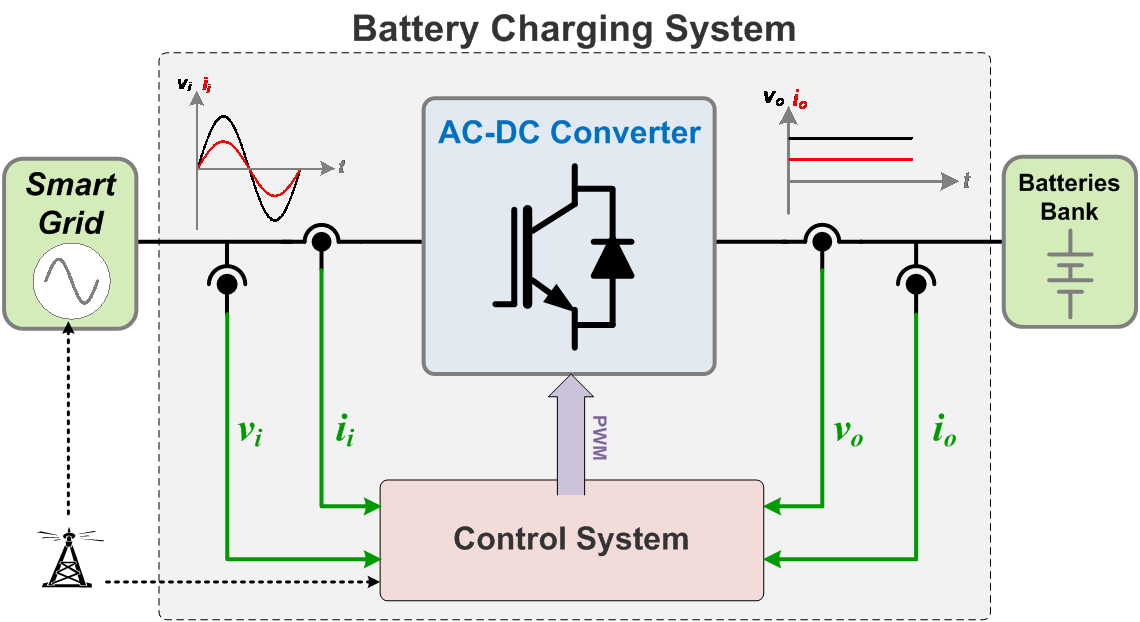
Besides the charging, this equipment allows to deliver back to the Electrical Power Grid part of the energy stored in the batteries, contributing, in this way, to the proliferation of the Smart Grids.
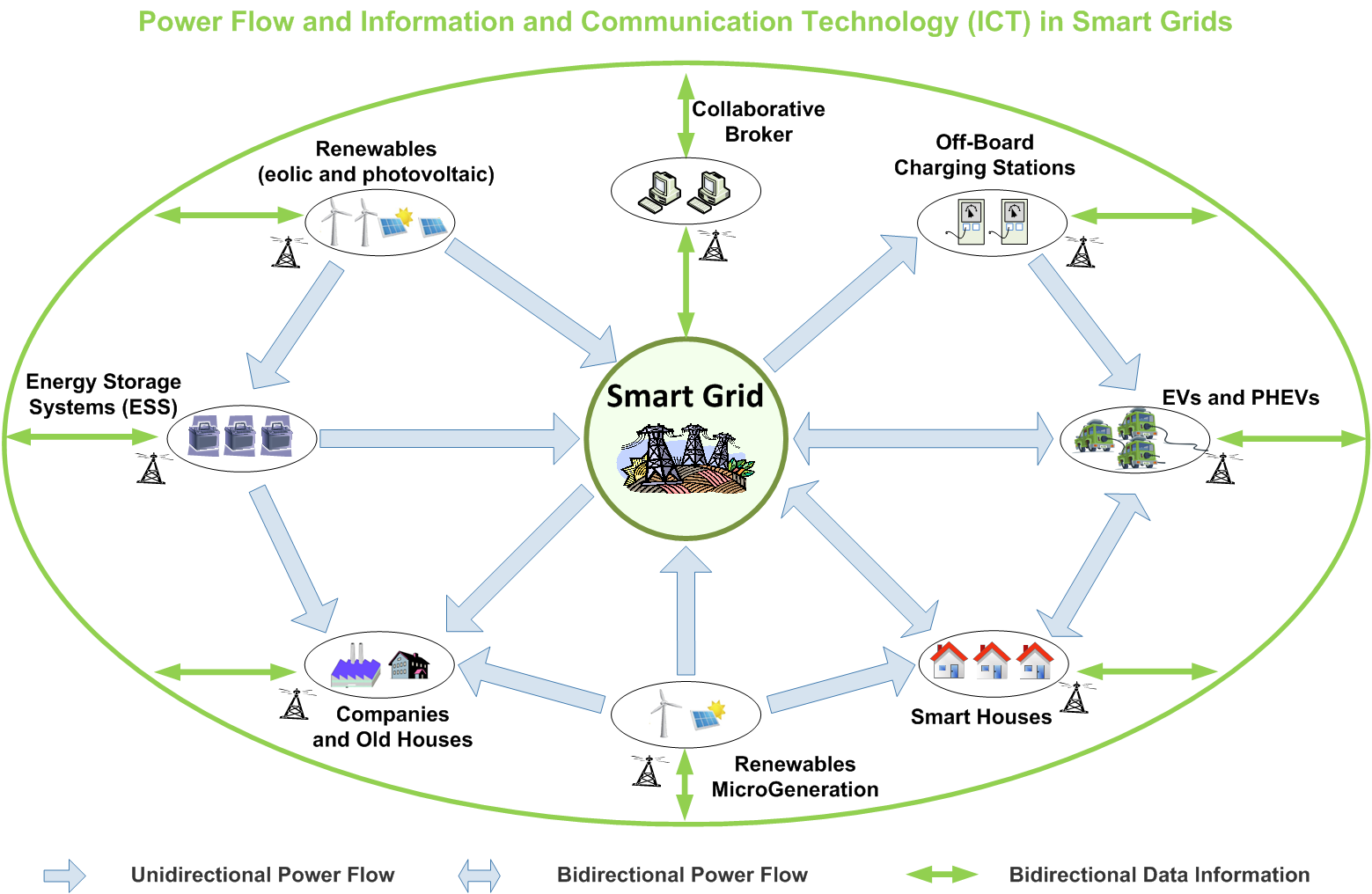
|


